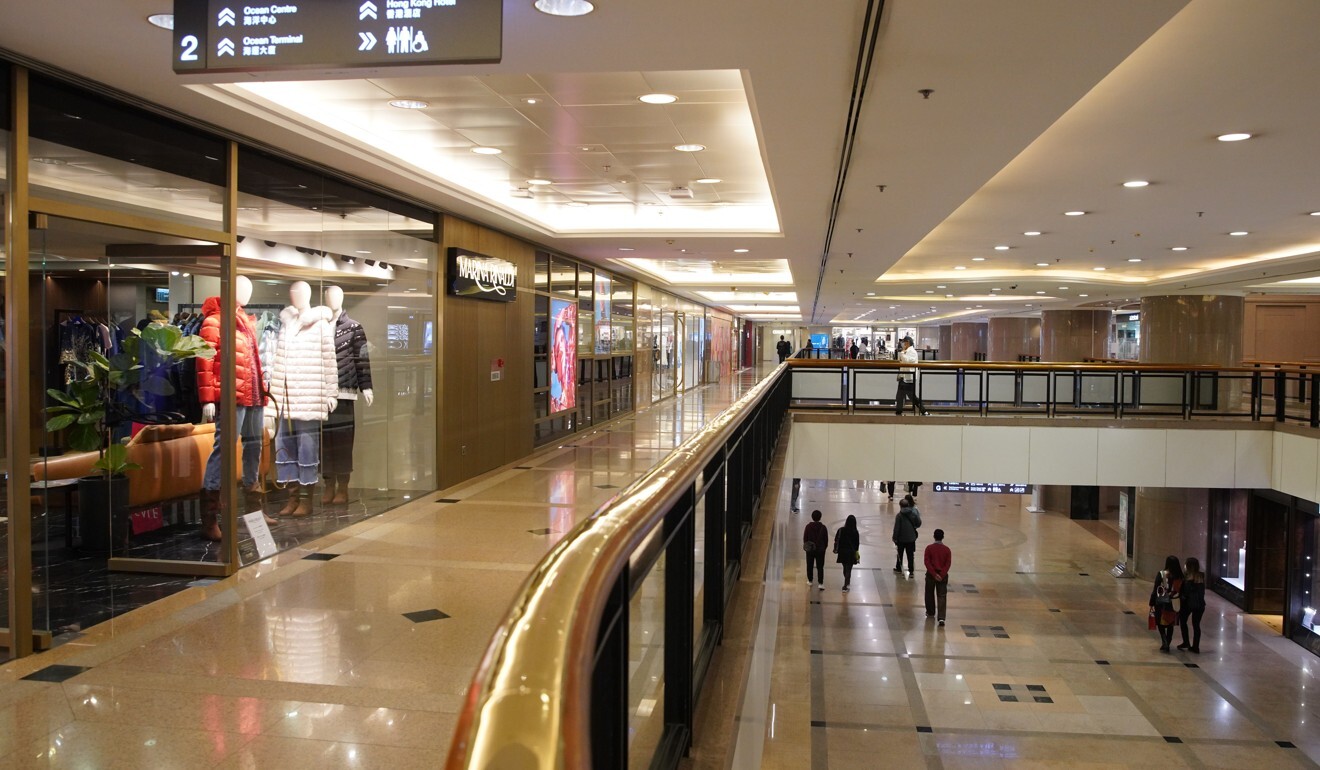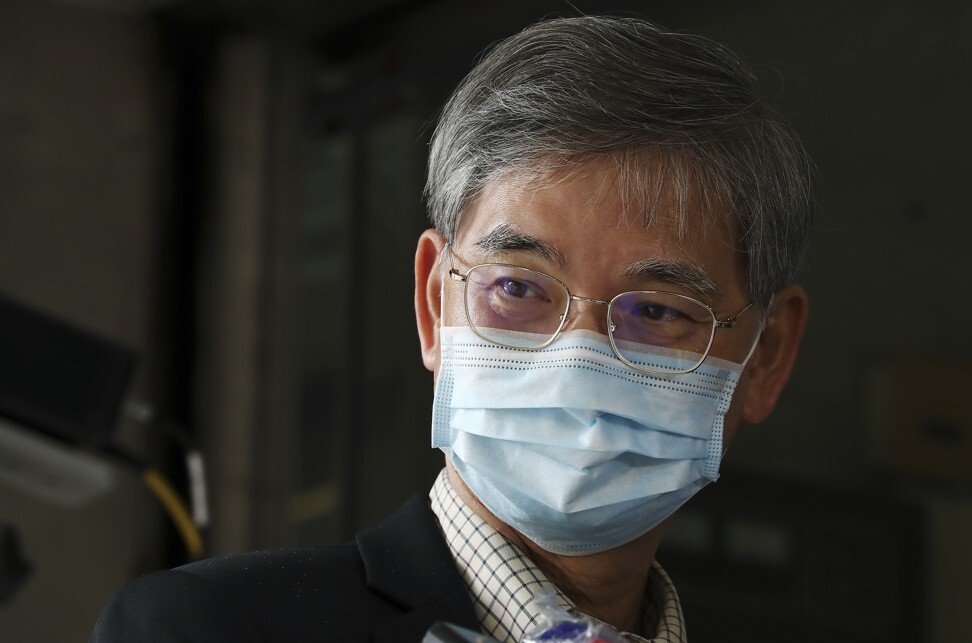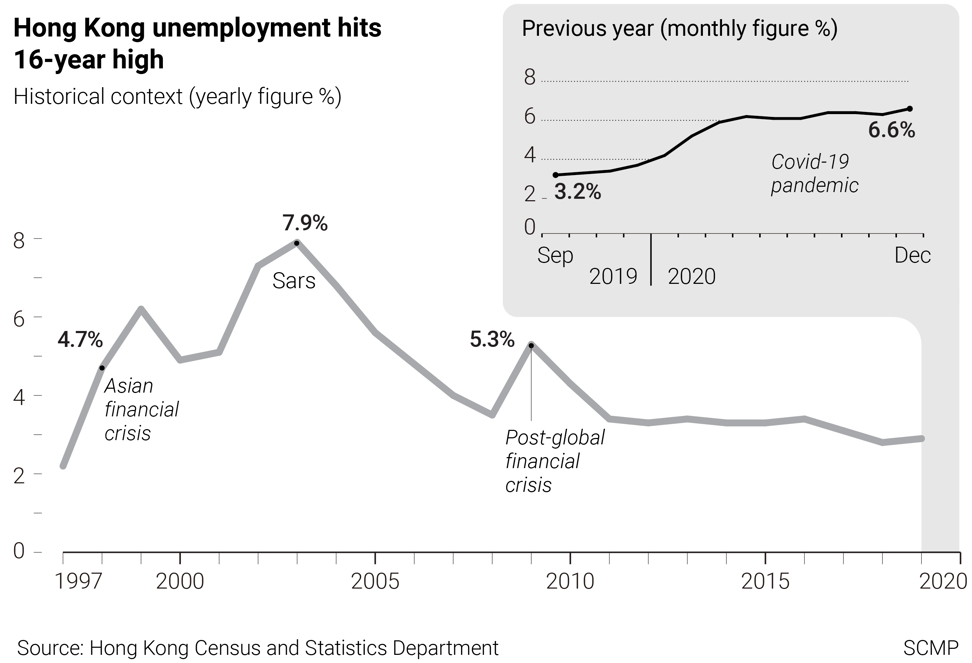
Hong Kong fourth wave: jobless rate hits new 16-year high of 6.6 per cent with city deep in coronavirus fight
- Number of Hongkongers out of work nears 250,000, as quarterly unemployment rate rises by 0.3 percentage points
- Labour minister observes marked increases in unemployment across retail, hotel and food sectors, which have borne the brunt of city’s fourth wave
The rolling quarterly jobless rate increased 0.3 percentage points for the three months to December 2020, from the period between September and November, the Census and Statistics Department revealed on Tuesday.
An extra 1,500 people did not have jobs over the latest period, with the total number of unemployed standing at 245,800. The quarterly jobless rate is the highest since December 2004.

Secretary for Labour and Welfare Law Chi-kwong blamed the deterioration in the labour market on the city’s current rush of Covid-19 cases that started in the latter half of November.
“As the fourth wave of local epidemic continues to weigh on local consumption sentiment and disrupt economic activities, the labour market will remain under notable pressure in the near term,” he said.
He noted a marked rise in unemployment across retail, accommodation and food sectors, some of those hardest hit by the public health crisis, while several other parts of the economy also suffered increases.
The catering sector posted a jobless rate of 13.8 per cent, compared with 8.8 per cent for hotels and retail’s 8.3 per cent. The figure for the arts, entertainment and recreation industry also soared to 9 per cent.
The general underemployment rate remained unchanged at 3.4 per cent, affecting 133,800 workers.

Pessimistic over the outlook for the coming few months, Law said the government had been exploring ways of providing more help to those hard struggling through joblessness or underemployment.
“Given the fluctuations in the Covid-19 infections, we don’t feel optimistic about local consumption,” he said. “Usually after the Chinese New Year holidays, there will be more business closures so we hold a negative view about the jobless situation over the next one or two months.”
Law stressed the government had recently rolled out targeted measures offering further support to struggling sectors, adding it would continue to monitor the situation closely.
Further bad news for jobs also surfaced on Tuesday with one of the city’s largest tour agents EGL announcing it was laying off 120 tour guides at a cost of HK$20 million.
Executive director Steve Huen Kwok-chuen said the decision was made on the basis there was only a slim chance that travel would resume anytime soon.
Huen said the guides, who specialised in tours to Japan, would have priority when applying for jobs at the company upon tourism’s relaunch.
Hong Kong jobless rate remains at 16-year high of 6.4 per cent
EGL has in recent months shifted its business model to online retailing to survive the slump.
The Hong Kong sector is reeling from the near year-long and ongoing closure of all but three border checkpoints.
Hong Kong Tourism Industry Employees General Union chairwoman Sara Leung Fong-yuen said about 20,000 tour guides and related staff – or 95 per cent of the sector’s total city workforce – were currently jobless.
Only a handful were working with tour companies and handling bookings for quarantine hotels or staycations, she added. The union has 3,000 members.
“I suspect the unemployment rate doesn’t tell the full picture,” she said. “Many tour practitioners are jobless, few managed to change jobs to security guards or join food delivery services even after they completed a series of retraining programmes,” she said.

Simon Lee Siu-po, co-director of Chinese University‘s international business and Chinese enterprise programme, estimated that 2020’s overall jobless rate was 5.6 per cent based on the year’s quarterly figures, the highest since 2005.
But he warned of more job woes in the first half of the year, predicting unemployment would hit the 7 per cent mark in high-risk months such as February and March.
“As the pandemic is still not under control in Hong Kong, the economy won’t improve throughout the first half of this year, with the jobless rate climbing continuously,” he said.
With joblessness set to rise, Hong Kong businesses brace for more pain
Lee estimated that signs of recovery would not emerge before the second half of the year, allowing time for the positive impact of the city’s vaccination drive to filter through to the economy.
“If the border with Shenzhen is further opened up with the relaxation of the quarantine rules, it will be a turning point for Hong Kong’s economic recovery as mainland tourists and businessmen would give impetus to the city’s economic activities,” he said.
However, an imminent relaxation of Covid-19 rules is not forthcoming, with Chief Executive Carrie Lam Cheng Yuet-ngor announcing on Tuesday that existing social-distancing measures due to expire on Wednesday will be extended for another week.
The city on Tuesday confirmed 56 new Covid-19 cases, pushing its total to 9,720, with 164 related deaths.
The government began tightening social-distancing rules again in early December , including banning evening dine-in services at restaurants, capping the number of people allowed to gather in public at two, and closing thousands of businesses such as gyms, bars, beauty parlours and cinemas.
The highest unemployment rate ever recorded in Hong Kong was 8.5 per cent, set between April and June 2003 during the severe acute respiratory syndrome (Sars) crisis.


